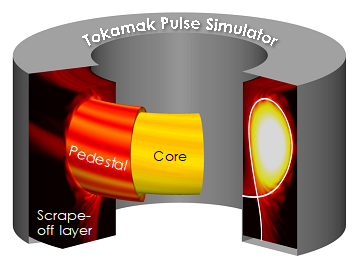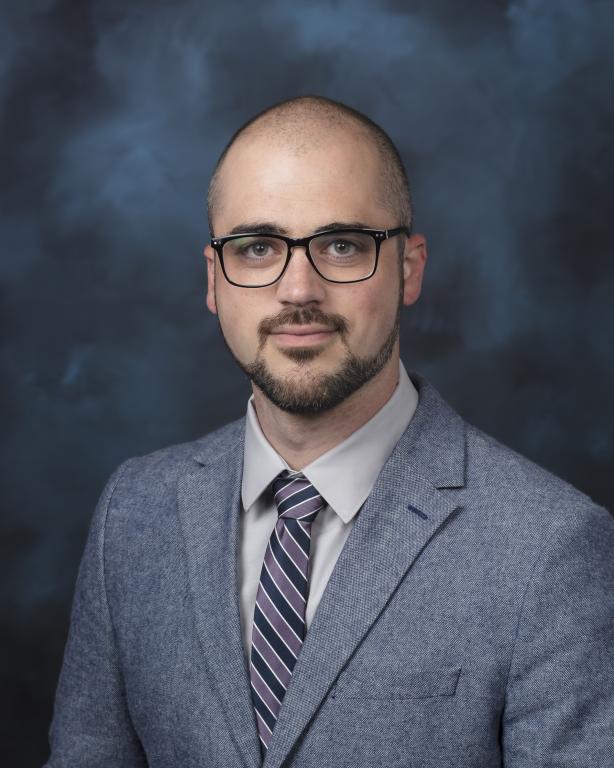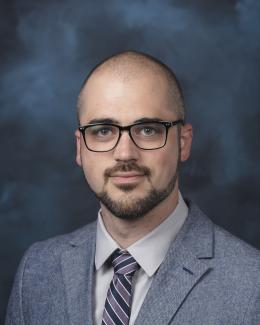- ORNL will lead three new DOE-funded projects designed to bring fusion energy to the grid on a rapid timescale.
- These three fusion energy projects are aimed directly at the national goal of advancing fusion science and technology and bringing them together to develop and optimize cost-effective fusion energy systems.
The Department of Energy’s Oak Ridge National Laboratory will lead three new DOE-funded projects designed to bring fusion energy to the grid on a rapid timescale.
Rising energy demands, the need for zero-carbon generation and energy security concerns are driving research on fusion energy production to provide an abundant, inherently safe, non-carbon-emitting energy source.
“These three projects are aimed directly at our goal of advancing fusion science and technology and bringing them together to develop and optimize cost-effective fusion energy systems,” said Phil Snyder, interim director of ORNL’s Fusion Energy Division. “I couldn’t be more excited to see these projects starting up, and these talented teams pushing forward the frontiers. We are building the future of fusion energy today.”
Two of the research projects are awards under the Scientific Discovery through Advanced Computing, or SciDAC, Fusion Energy Sciences Partnerships program. This program is funded by a partnership between the Fusion Energy Sciences Office and the Advanced Scientific Computing Research Office, both in DOE’s Office of Science.
The SciDAC Fusion Energy Sciences partnership aims to dramatically accelerate progress in scientific computing that delivers breakthrough results through partnerships composed of applied mathematicians, computer scientists and scientists from other disciplines. The SciDAC Fusion Energy Sciences awards were announced in August.
One ORNL-led project is the Fusion REactor Design and Assessment, or FREDA. FREDA is a collaboration with Lawrence Livermore National Laboratory, General Atomics, Sandia National Laboratories and the University of California, San Diego. FREDA will receive $9.2 million over four years.
“This will be a go-to tool that brings together state-of-the-art models developed by the fusion and fission communities to simulate both the fusion plasma and the surrounding engineering components, from the core plasma that produces the fusion reactions to the first wall to the magnets,” said Cami Collins, project lead and interim head of ORNL’s Burning Plasma Foundations Section.

“It’s purpose-built to catch issues early and speed development of a design that will meet the goals of a Fusion Pilot Plant. We’re starting with key integration issues for the tokamak design concept, which confines a plasma using magnetic fields in a donut shape. We’ll have the ability to experiment in a virtual testbed, where we can rapidly scale and assess components within the complex uncertainties of an integrated system and evaluate how technology choices impact commercial viability,” Collins added.
ORNL distinguished researcher Sergey Smolentsev will lead the second SciDAC-awarded Fusion Energy Sciences project: a center for the simulation of interactions between plasma and liquid metal.
A high priority in the fusion research community is to find solutions for reactor components to manage the extremely high heat and particle loads from the plasma. Liquid metals offer a potential solution, but their behavior in the reactor environment is not well understood.
“One project outcome will be a newly integrated high-performance computing tool called Integrated Plasma — Magnetohydrodynamics Modeling, or PlasMag. Once developed, PlasMag will help analyze liquid metal systems of fusion power reactors to identify engineering constraints, which will help enable more favorable fusion designs,” said Smolentsev.

Smolentsev will lead this research in collaboration with Princeton Plasma Physics Laboratory, Lawrence Livermore National Laboratory, the University of Michigan, Dearborn; General Fusion and HyPerComp Inc. The award is $9.3 million over four years.
ORNL is also an awardee under DOE’s competitive funding opportunity for research in machine learning, artificial intelligence and data resources for fusion energy sciences. The awards were announced in August.
The project team will develop an integrated modeling capability to:
- Accelerate computationally demanding simulation of high-performance fusion plasmas.
- Predict temperature and heat flux deposited on device components during steady-state control.
- Quantify uncertainty in accelerated predictions to enable a fusion “flight-simulator” for tokamaks.
Project lead Sebastian De Pascuale of ORNL’s Fusion Energy Division said that this project “will pave the way to allow faster, more efficient and decision-ready plasma simulations for advanced fusion reactor design studies and experiment session planning.”

(Adapted from Figure 1. Under Creative Commons License (CC BY-NC-ND 4.0). open access
https://creativecommons.org/licenses/by-nc-nd/4.0/ )

The award amount is $3.2 million over three years. De Pascuale will co-lead the project with Robert Wilcox, Ehab Hassan, Jeremy Lore, J. M. Park, Gary Staebler, Phil Snyder and Juan Restrepo, all of ORNL.
“These projects will transform the way fusion and plasma research is conducted,” said Mickey Wade, associate laboratory director for ORNL’s Fusion and Fission Energy and Science Directorate. “We are excited to further develop our integrated expertise, especially in plasma physics and computational sciences, to be a driving force in making fusion energy a reality.”
UT-Battelle manages ORNL for the Department of Energy’s Office of Science, the single largest supporter of basic research in the physical sciences in the United States. The Office of Science is working to address some of the most pressing challenges of our time. For more information, please visit energy.gov/science.







